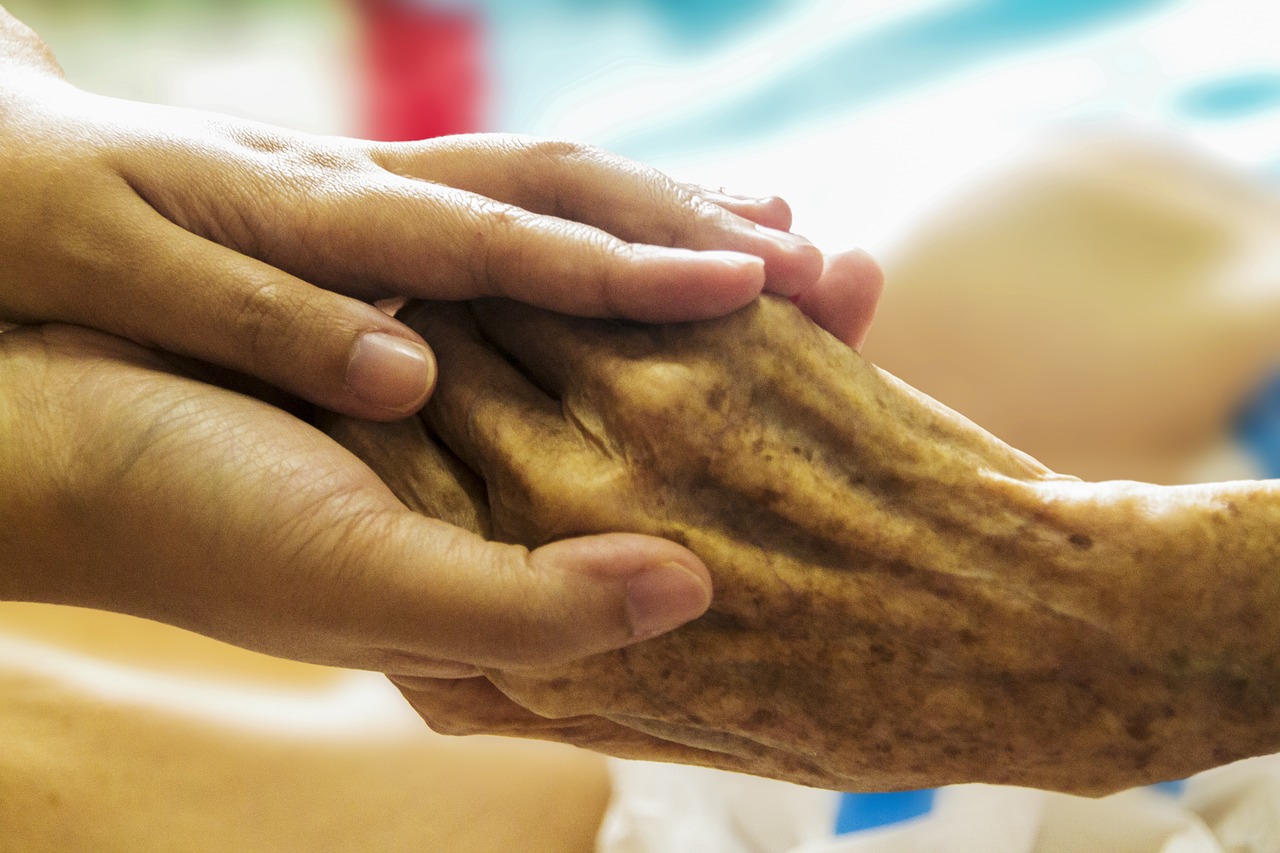
What is Hospice?
When you think of hospice, you may think of end-of-life care for the terminally ill and elderly. That is true, but it’s not everything. Hospice is so much more. As defined by the Hospice Foundation of America, hospice is medical care that maintains or improves the quality of life for someone who is suffering from illness, disease or a condition that cannot be cured. Each patient is different and a customized care plan must be put into place to address the various physical, emotional and spiritual challenges that are part of the devastation of terminal illness.
Hospice care isn’t just for those who have cancer; many people who need hospice suffer from heart disease, dementia, kidney failure or chronic obstructive pulmonary disease, says the Mayo Clinic.
Generally speaking, hospice is recommended once all curative measures have been taken and the prognosis for sustenance of life is less than six months. But hospice care does not end after death. In many ways, it is just beginning. Hospice is a vital component of the grieving process, offering practical, emotional support for caregivers and family members after their loved one’s death. Yes, hospice is an integral part of coping with the illness itself, but grief support after the death is a component that is just as important.
Caregiver Support
For the parent, child, or spouse of someone facing a terminal disease, it can be daunting and overwhelming to face the prospect of hospice. The very term can strike panic into family members’ hearts as they come to terms with what that loaded term carries with it. There is also a fair amount of denial associated with hearing your loved one may be ready for hospice. Denial is a powerful thing, points out Psychology Today, and the families of the terminally ill often try to put off the inevitable because they feel that hospice means they are giving up hope.
On the contrary, though: it is all about giving the patient and their families a different level of comfort and care. Learning to go through the different stages of hope can bring peace to the family; where once a hope for a cure was front of mind, now perhaps there is simply hope for peace and a state of finally being pain free. It’s natural to fear what we don’t understand. Hospice is there to guide the patient and family members to a sense of peace.
Hospice is also a way for a family to stay connected even after their loved one passes on. You will be referred to bereavement and support groups for your family, usually up to one year after the death of your loved one.
The goal of hospice is not to hasten or postpone death. Sometimes, the patient’s condition improves or the cancer goes into remission, in which case hospice care can be suspended, says the National Cancer Institute.
Getting Started
Once your loved one’s doctor has exhausted all treatment options, he or she may refer you to hospice care. You understandably have a lot of questions about hospice, and may be feeling stressed, overwhelmed, emotional, and confused. First off, one family member should be assigned to serve as the primary caregiver and help guide decisions for the terminally ill individual, says the National Hospice and Palliative Care Organization.
You will likely have an initial consultation with hospice staff to go over patient care, expectations, budgets and timelines. Your hospice team will come up with a care plan that meets the patient’s need for pain management and symptom control. Typically, such a team will comprise:
- The patient’s personal physician
- Hospice physician
- Nurses
- Home health aides
- Social workers
- Counselors
- Trained volunteers
- Speech, physical, and occupational therapists
Hospice Services
Hospice services can be paid for in a variety of ways, usually through private insurance, Medicare, Medicaid, HMOs, and other managed care organizations. There are certain requirements, however, that must be met in order for someone to receive benefits from Medicare, for example, and qualify for services. Your hospice care professional can answer all your specific questions regarding how to pay and who qualifies for coverage.
In general, hospice services can include the following, according to WebMD:
- Basic medical care that focuses on pain and symptom control
- 24/7access to a member of your hospice team
- Medical supplies and equipment as needed, i.e., wheelchairs, bandages, catheters
- Counseling and social support for you and your family
- Guidance with the difficult choices involved in life completion and closure
- Respite care for caregivers
- Physical and occupational therapy
- Dietary counseling
- Volunteer support, i.e., meal prep and errands
- Counseling and support for family members after death of the loved one
Hospice care can be provided in many places, and is most commonly provided in the patient’s own home. This is for their comfort and peace of mind, as well as for the convenience of the family members tasked with taking care of them. Dying in one’s own home is usually of great comfort to the terminally ill, and in most cases, this wish can be accommodated.
When hospice care at home is not possible or desired, hospice services can be provided in hospitals, nursing homes, assisted living facilities and hospice facilities. No matter where your loved one goes, the main goal of hospice is to provide care and comfort from medical professionals in order to support the highest quality of life possible for whatever time remains.
Pathways Home Health and Hospice can be a port in the storm for family members dealing with the prospect of hospice. Please call us today to gain support and more information at 888-755-7855.
Photo: maxlkt / Pixabay”

